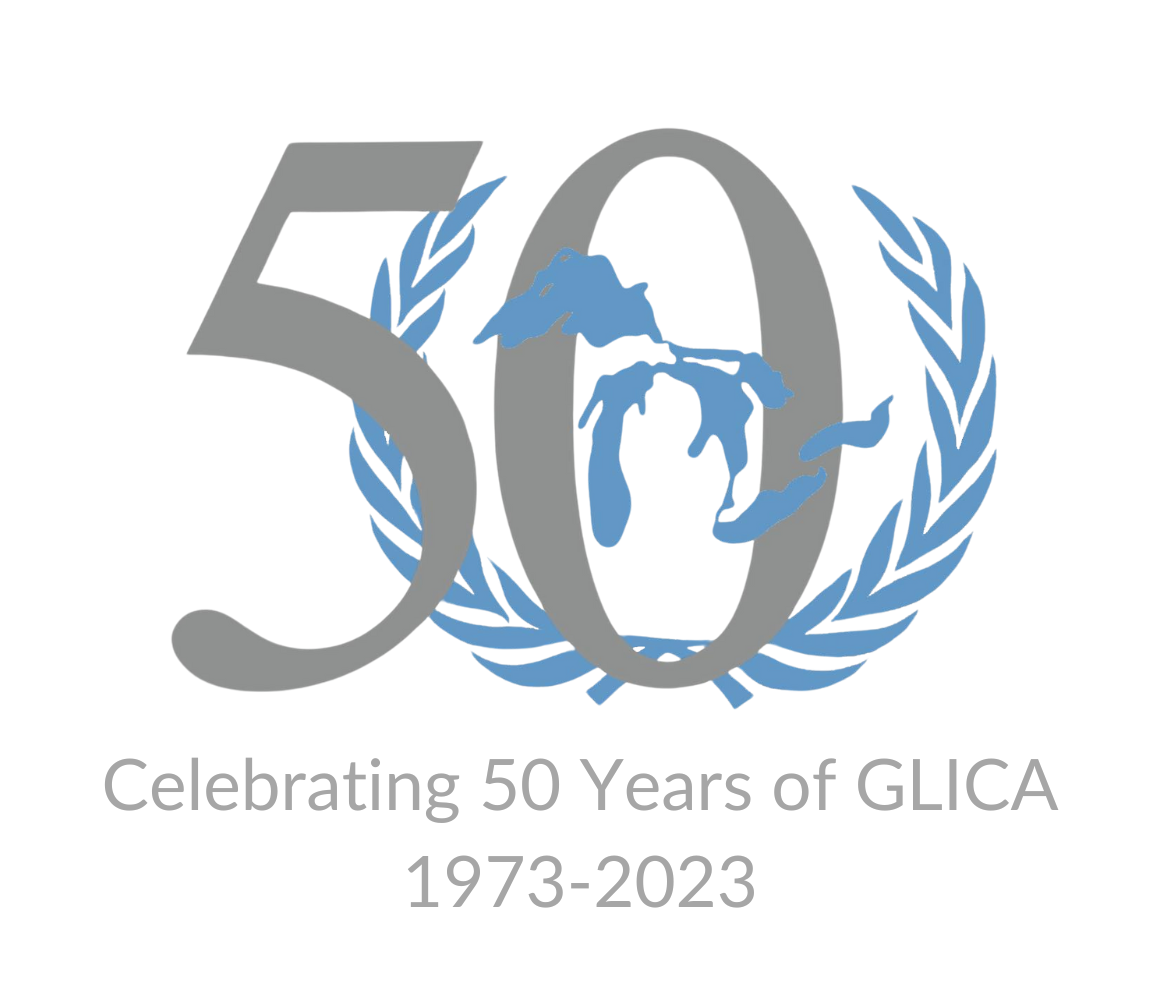Topic: 2024-Spread of Animal Viruses
Country: Colombia
Delegate Name: Brady Young
Animal viruses, or zoonotic diseases, affect countries and regions differently. In Colombia, the Colombian government and CDC have taken the correct course of action. Action plays were made and diseases such as Equine Viral Encephalitis, Zoonotic Tuberculosis, and Rabies are on a disease/infection watch list. The Colombian government has several committees such as the ICA (Colombian Agricultural Institute) INS (National Institute of Health), and the Ministry of Health and Social Protection of Colombia. The main zoonotic disease affecting Colombia is Malaria. In 2024, according to Outbreak News Today and the Visual Atlas of Malaria, there has been an 81% increase in infection compared to 2023. In total, there are 110,343 cases of Malaria in 2024.
However, the severity differs for other South American and global nations. In Brazil and Nigeria, zoonotic diseases are of much more concern. Brazil in the 2010s experienced significantly high levels of infection, however, in recent years there has been a trend decrease. Yet, As deforestation in Brazil continues, malaria becomes a greater and greater threat. In Brazil, there is a large at risk population in poverty-stricken areas in which communities get their money through outside development. “Given the escalating trend and the projected increase in cases for 2023 and 2024, it is crucial to pay close attention to this issue and take appropriate measures in Indigenous villages and gold mining areas.” Reported by the National Library of Medicine (Is Brazil reaching malaria elimination? A time series analysis of malaria cases from 2011 to 2023 – PMC.)
Then, In Nigeria, many initiatives were taken by the Nigerian government and other countries to decrease or end Malaria. Actions such as the U.S.; Stop Malaria Faster and USAID 5 pillars program; along with the Nigerian government’s End Malaria Council and National Malaria Elimination Program (NMEP) all attempt to stop Malaria from progressing. Despite this, Nigeria still accounts for 27% of the world’s Malaria cases and the highest number of deaths from Malaria. Similarly to Brazil, mass deforestation in Nigeria causes Malaria to be more of a threat. There are many approaches to decreasing the number of cases including but not limited to education programs, better documentation in medical facilities, and prioritizing at-risk populations.
Finally, zoonotic diseases, mainly Malaria, have a direct link to deforestation. Therefore, in developing nations, citizens frequently have less access to healthcare services, a lack of funds to supply themselves or their families with needed medical equipment, and a general lack of up-to-date medical technology, antibiotics, or education on diseases affecting their region. As a global precedent, for all developing nations the U.N. with branches such as the World Health Organization (WHO), United Nations Sustainable Development Group (SDG), and United Nations Environment Programme (EP) should create a committee for zoonotic diseases affecting developing nations. To conclude, the Colombian government calls for better protection for developing nations fighting against zoonotic diseases. Colombia looks favorably at working with other countries to achieve this future.
Works Cited
A.J. MacDonald, E.A. Mordecai, Amazon deforestation drives malaria transmission, and malaria burden reduces forest clearing, Proc. Natl. Acad. Sci. U.S.A.
116 (44) 22212-22218, Accessed Nov. 22, 2024 https://doi.org/10.1073/pnas.1905315116 (2019).
Atlas visual. “Malaria in Colombia: 81% Increase (EW44) 110,343 Cases and 16 Deaths” Atlas Visual Nov. 16, 2024. https://atlasvisualdelamalaria.org/en/malaria-in-colombia-81-increase-ew44-110343-cases-and 16-deaths/ Accessed Nov 22, 2024
CDC. “Prioritizing Zoonotic Diseases for Multisectoral One Health Collaboration in Colombia” CDC Feb 22, 2023. https://www.cdc.gov/one-health/media/pdfs/Colombia-508.pdf. Accessed Nov 22, 2024
nlm.nih.gov/articles/PMC10830034/#:~:text=Brazil%20has%20witnessed%20a%20decline,villages%20and%20gold%20mining%20areas )Garcia KKS, Soremekun S, Abrahão AA, Marchesini PB, Drakeley C, Ramalho WM, Siqueira AM. Is Brazil reaching malaria elimination? A time series analysis of malaria cases from 2011 to 2023. PLOS Glob Public Health. 2024 Jan 31;4(1):e0002845. doi: 10.1371/journal.pgph.0002845. PMID: 38295141; PMCID: PMC10830034.
Global Forest Watch. 2023 https://www.globalforestwatch.org/dashboards/country/NGA/ Accessed Nov. 22, 2024.
PMI https://www.pmi.gov/home/pmis-strategy/ 2021 Accessed Nov. 22, 2024
PMI 2023 https://www.pmi.gov/wp-content/uploads/2024/04/FY-2024-Nigeria-Country-Profile.pdf Accessed Nov.22, 2024
Renata Carvalho de Oliveira ∙ Jorlan Fernandes ∙ Jonathan Gonçalves-Oliveira ∙ Alexandro Guterres ∙ Elba Regina Sampaio de Lemos. “Out of the shadows, into the spotlight: Invisible zoonotic diseases in Brazil” Lancet Apr. 2022 https://www.thelancet.com/journals/lanam/article/PIIS2667-193X(22)00019-9/fulltext. Accessed Nov 22, 2024
https://pmc.ncbi.nlm.nih.gov/articles/PMC4830684/#R58 Rodríguez JC, Uribe GÁ, Araújo RM, Narváez PC, Valencia SH. Epidemiology and control of malaria in Colombia. Mem Inst Oswaldo Cruz. 2011 Aug;106 Suppl 1(Suppl 1):114-22. doi: 10.1590/s0074-02762011000900015. PMID: 21881765; PMCID: PMC4830684.
Robert Herriman. “Malaria cases up 81% in Colombia in 2024” Outbreak News Today. Nov. 16, 2024. https://outbreaknewstoday.substack.com/p/malaria-cases-up-81-in-colombia-inhttps://pmc.ncbi. Accessed Nov. 22, 2024
Rainforest Alliance Apr 2020 https://www.rainforest-alliance.org/insights/deforestation-and-pandemics/#:~:text= Multiple%20scientific%20studies%20show%20a,the%20risk%20of%20disease%20transmission. Accessed Nov. 22, 2024
USAID 2020https://www.usaid.gov/nigeria/news/eliminating-malaria-nigeria-five-ways-usaids-presidents-malaria-initiative-states-making-difference Accessed Nov. 22, 2024.


